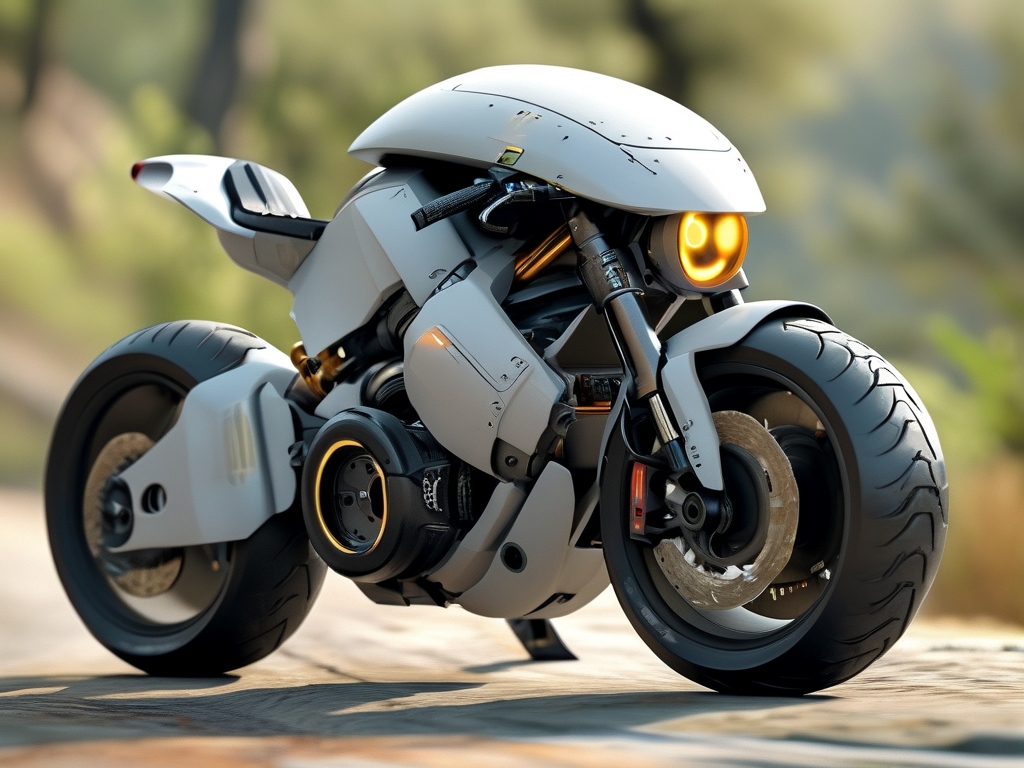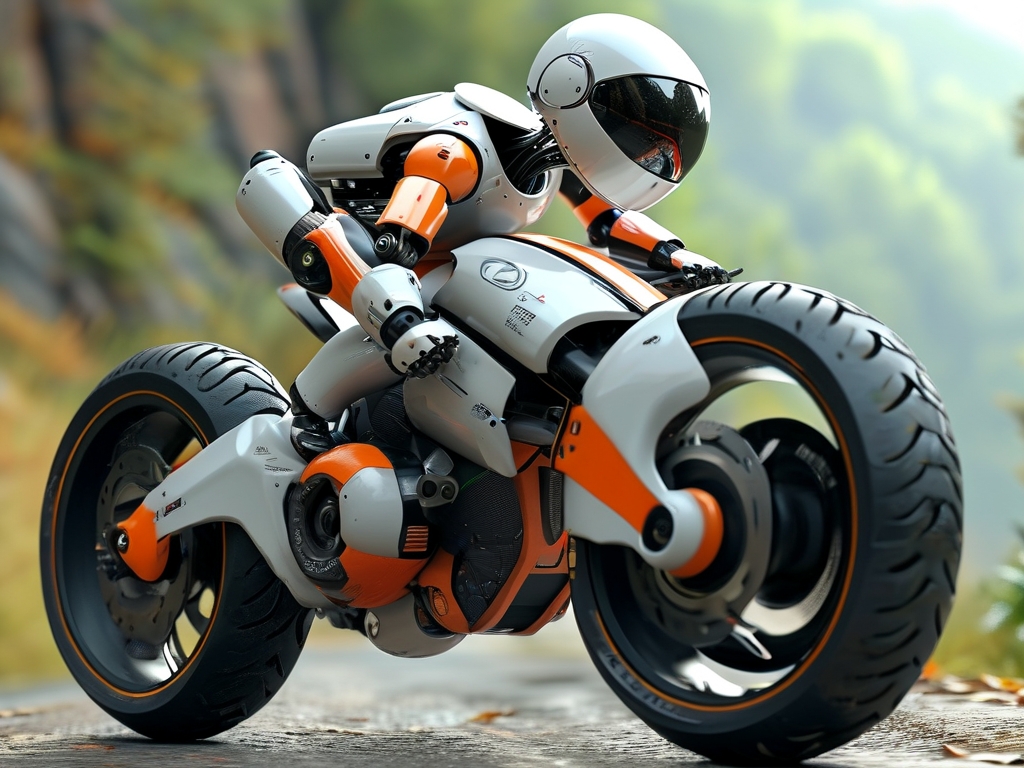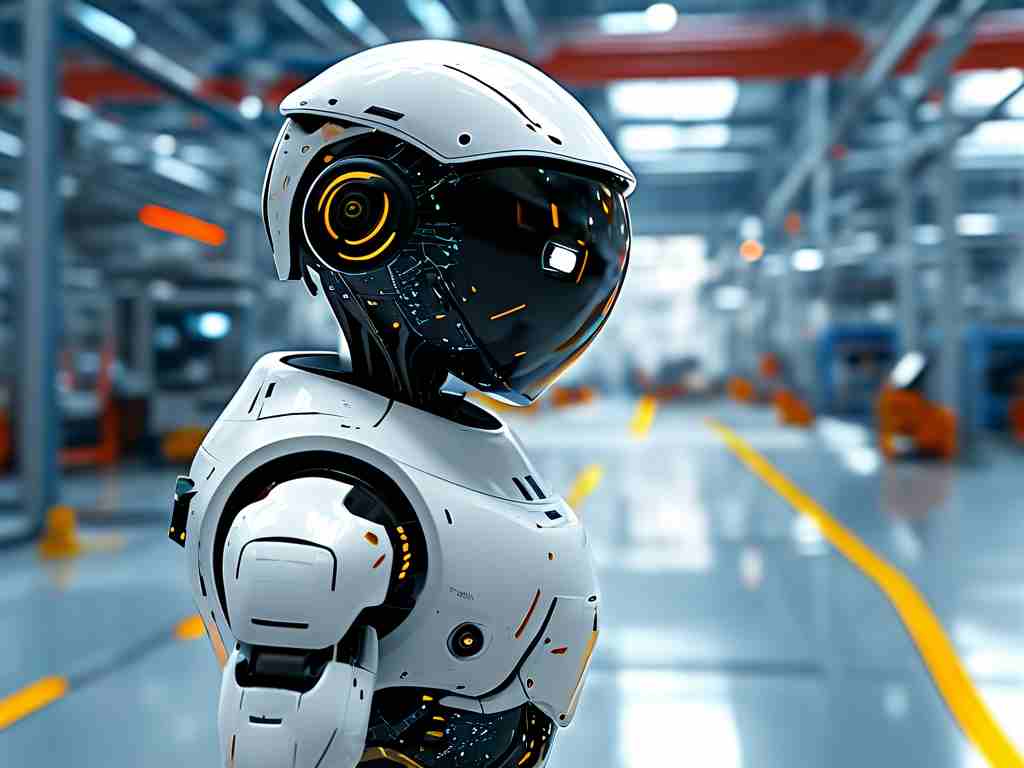The development of bicycle-riding robots represents a cutting-edge frontier in robotics, combining mechanics, artificial intelligence, and advanced control systems. While human cyclists balance, pedal, and navigate with seemingly effortless grace, replicating these capabilities in machines involves overcoming significant technical hurdles. This article explores the key challenges in creating autonomous bicycle-riding robots, focusing on dynamic balance, environmental perception, decision-making algorithms, and energy efficiency.

1. Dynamic Balance and Stability
The foremost challenge lies in achieving dynamic balance. Unlike static balance (e.g., a stationary robot), bicycles require continuous adjustment to maintain stability while moving. Humans rely on proprioception and reflexes to shift weight or adjust steering, but robots must replicate this through sensors and algorithms.
- Sensor Integration: Robots need real-time data from gyroscopes, accelerometers, and torque sensors to detect tilt, speed, and steering angles. Even minor delays in processing this data can lead to instability.
- Control Algorithms: Proportional-Integral-Derivative (PID) controllers and model predictive control (MPC) are commonly used, but bicycles' nonlinear dynamics-such as the coupling of steering and leaning-demand more adaptive approaches. Machine learning models trained on simulated or real-world riding data show promise but require vast computational resources.
- External Disturbances: Wind, uneven terrain, or sudden obstacles disrupt balance. Robust control systems must anticipate and counteract these perturbations without overcompensating, which could cause crashes.
2. Environmental Perception and Navigation
A bicycle-riding robot must perceive its surroundings accurately to avoid collisions and follow paths. This involves sensor fusion, object recognition, and real-time mapping.
- Sensor Limitations: Cameras, LiDAR, and radar each have trade-offs. Cameras struggle in low light, LiDAR is expensive, and radar lacks granularity. Combining these sensors (e.g., SLAM-Simultaneous Localization and Mapping) is computationally intensive.
- Dynamic Obstacle Avoidance: Unlike self-driving cars, bicycles operate in tighter spaces and at lower speeds, requiring faster reaction times. Predicting pedestrian movements or vehicle trajectories adds complexity.
- Path Planning: Algorithms must balance efficiency with safety. For instance, a robot might need to choose between braking suddenly or swerving, both of which could destabilize the bike. Reinforcement learning (RL) is being tested to optimize these decisions.
3. Human-Robot Interaction
In shared spaces, robots must coexist with human cyclists and pedestrians. This demands intuitive communication and adherence to social norms.
- Behavior Predictability: Humans expect bicycles to follow traffic rules and exhibit predictable patterns. Programming robots to mimic human-like behavior-such as signaling turns or yielding-requires nuanced AI.
- Safety Protocols: Emergency stop mechanisms and fail-safes are critical. For example, if a sensor fails, the robot must default to a safe state (e.g., gradual deceleration) rather than freezing mid-motion.
- Ethical AI: Deciding how a robot should prioritize actions in a collision scenario (e.g., protecting the rider vs. minimizing harm to others) remains an unresolved ethical dilemma.
4. Energy Efficiency and Mechanical Design
Bicycles are inherently energy-efficient, but robots add weight from batteries, motors, and electronics. Optimizing power consumption without compromising performance is a major hurdle.
- Lightweight Materials: Carbon fiber frames or 3D-printed components reduce weight but raise costs.
- Motor Efficiency: Direct-drive motors offer smooth torque but consume more power. Geared motors are efficient but may introduce lag. Regenerative braking systems, which recharge batteries during deceleration, are being explored.
- Battery Life: High-performance sensors and processors drain batteries quickly. Swappable battery packs or solar-assisted charging could extend operational time.
5. Adaptability to Diverse Terrains
A bicycle-riding robot designed for paved roads may fail on gravel, slopes, or stairs. Adapting to varied terrains requires modular hardware and adaptive software.
- Wheel and Suspension Design: Fat tires or hybrid wheel-track systems improve off-road capability but complicate balance.
- Terrain Classification: Using cameras or vibration sensors, robots must detect surface changes and adjust speed or posture accordingly. For example, leaning backward on steep descents.
6. Scalability and Cost
Most bicycle-riding robots are prototypes with limited scalability. Mass production demands cost-effective components and standardized software frameworks.

- Sensor Costs: High-resolution LiDAR units can exceed \$10,000, making commercial viability challenging.
- Software Standardization: Open-source platforms like ROS (Robot Operating System) help, but customizing algorithms for specific bikes remains time-consuming.
The development of bicycle-riding robots is a multidisciplinary endeavor, pushing the boundaries of robotics, AI, and mechanical engineering. While breakthroughs in adaptive control and sensor fusion are narrowing the gap between human and machine capabilities, challenges in energy efficiency, ethical decision-making, and scalability persist. As research advances, these robots could revolutionize logistics, last-mile delivery, and even recreational cycling-provided engineers pedal past the current technical roadblocks.


